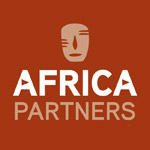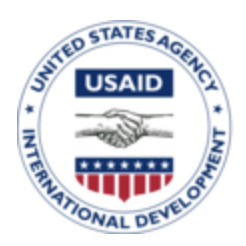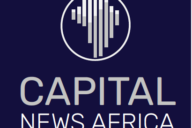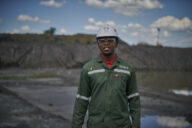There is currently an outcry among development workers. US President Donald Trump wants to largely withdraw the USA from development aid and shrink the US Agency for International Development (USAID). But development aid brings little benefit to the African private sector. The involvement of rich countries in ODA has never brought much benefit to private companies in Africa.
“CLOSE IT DOWN!” Donald Trump wrote on social media on Friday 7 February, accusing USAID of unspecified corruption and fraud. The shrinking cure that Donald Trump has imposed on USAID will tear a huge hole in development aid around the world. In 2023, the USA paid USD 64.7 billion in Official Development Aid (ODA), according to OECD. In second place follows Germany with USD 37.9 billion and EU institutions with USD 26.9 billion.
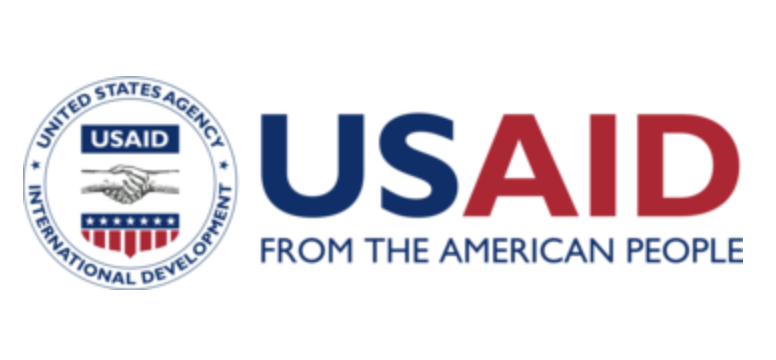
USAID has its headquarters in the Ronald Reagan Building in Washington, D.C. and has been created in 1961 by then President John F. Kennedy. It is, by statute, under the direct authority and policy guidance of the Secretary of State. In 2023, the agency managed more than USD 40 billion in combined appropriations, employed more than 10,000 people and maintained more than 60 country and regional missions. This makes it one of the largest aid agencies in the world.
Near-total freeze on US foreign aid
In January 2025, President Donald Trump ordered a near-total freeze on foreign aid. He plans to reduce the staff to 290 employees with the intention to shut USAID completely down. The Trump administration is accusing USAID of “wasting massive sums of taxpayer money” over several decades. Before the decision to close USAID, the US only spent 0.24% of its national wealth on ODA. In the past, the US did not reach the UN Development Assistance Goal for advanced countries to give 0.7% of national income in aid. The US were even below the OECD average of 0.37%.
USAID is engaged through technical and financial assistance in disaster relief, poverty relief, technical cooperation, US bilateral interests, and socioeconomic development. The largest part of the budget went to sub-Saharan Africa with USD 12.1 billion and USD 3.9 billion to the region Middle East and North Africa.
Ethiopia was the main recipient
For decades, sub-Saharan Africa was a singular focus of American foreign aid. The five biggest USAID beneficiaries in Africa were in 2024:
- Ethiopia: USD 1.2 billion
- DR Congo: USD 1.2 billion
- South Sudan: USD 795 million
- Somalia: USD 757 million
- Nigeria: USD 739 million
In 2023, ODA in the world totalled USD 214 billion (in constant 2022 prices). But development aid brings little benefit to the African private sector. Bilateral development projects, programmes and technical cooperation received the largest share with USD 102.6 billion or 47.9%. The amount of multilateral ODA was USD 58 billion. USD 25 billion were spent on humanitarian aid, USD 30.5 billion on donor refugee costs and on net debt relief grants just USD 60 million. Sub-Saharan Africa received ODA worth USD 58 billion from OECD countries.
Private sector instruments play no role
Private sector instruments represent only a small portion of development aid. Their share diminished to 1.3% in 2023 from 2.5% in 2019. However, the level of private finance mobilised by public interventions goes steadily up, to USD 67 billion in 2023 from USD 16 billion in 2012.
The crucial question, however, is whether development aid actually helps to better unlock the growth potential of the African economy. Positive developments are palpable on the continent. Poverty and hunger are declining in Africa. A middle class is emerging that can afford to give their children a good education, that consumes, travels and lives well. But is this upturn due to direct and indirect effects of development aid, or has the aid support of developed countries hindered even broader development?
The British development economist Roger Riddell published in 2008 the book Does Foreign Aid Really Work?, a widely perceived attempt to survey all the evidence around whether aid actually works. In March 2014, he updated his work in a research paper.
Aid has positive effects
Riddell concluded that in most countries where it has contributed in recent years, aid has helped some of the poorest countries to expand basic services, enabling millions to go to school and receive basic health care, opportunities that, without aid funds, they would not have had. Some aid has filled crucial gaps in recipient economies, preventing economic development from stalling because of key shortages, providing catalysts to boost further growth or to expand access to basic services.
“However, aid’s potential contribution has been consistently over-played,” Riddell restricts. “In contrast, development can and does occur without aid. Indeed, some of the most rapid decreases in poverty in recent decades have occurred in two countries which have received very little aid and where the contribution of aid to development has been fairly marginal: China and Vietnam.”
More private investments are needed
“The evidence clearly shows that aid’s harshest critics have been wrong to suggest that most aid projects established to meet immediate needs or fill short-term gaps fail, though this has not stopped the media from giving publicity to examples of aid’s failures, and to incorrectly suggest or imply that these are typical of all such projects,” Riddell concluded.
We are not part of the camp of those who reject development aid outright. Private investments go where investors believe they will get the highest return. This can bring a lot of benefits. But if Africa had to rely on private initiatives alone, many areas of public life that promise no return would remain even more blatantly underinvested than they are today.
Nevertheless, Africa has not yet fully exploited its potential for private investment. On the contrary, many investors have turned away in recent years, including large private equity firms such as Carlyle and KKR. And the advanced countries of the West only provide for the most part loans and almost never equity. However, the African private sector is dependent on the inflow of private capital. But private investors rarely benefit from government development aid.
